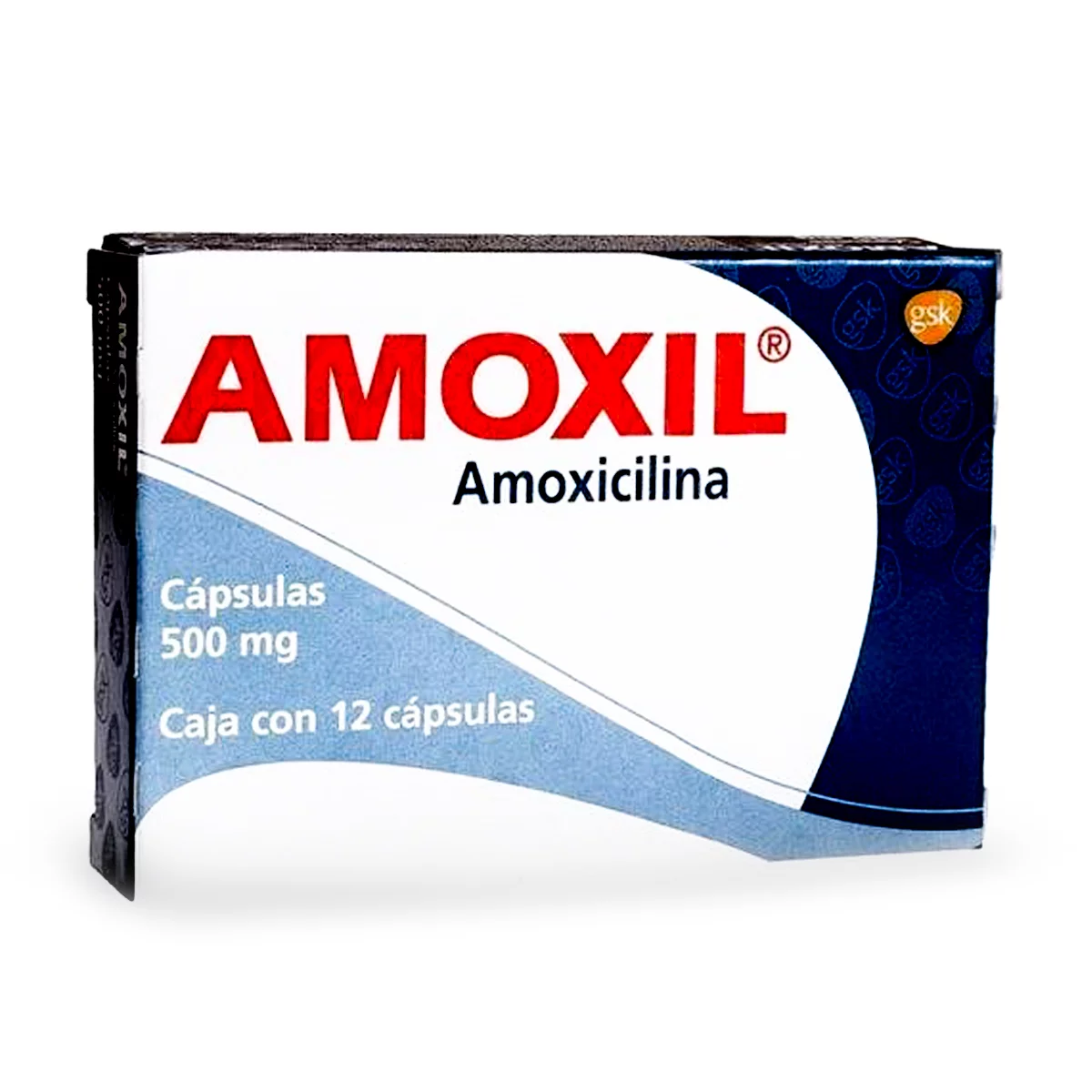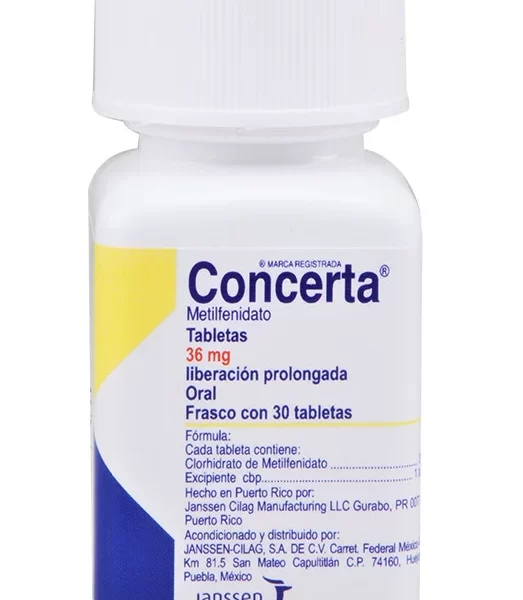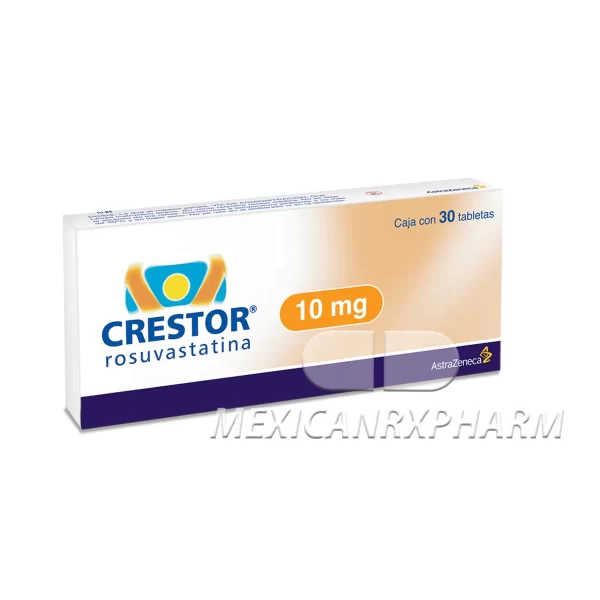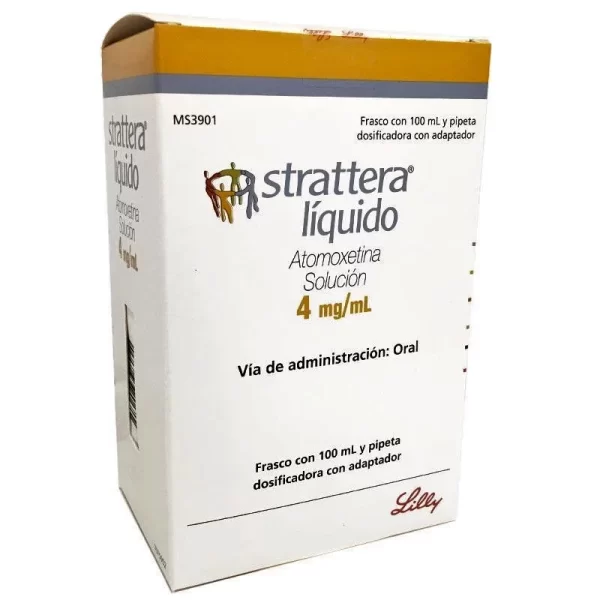Description
What is Amoxil, and what is it used for?
The active substance Amoxil 500 is a broad-spectrum antibiotic and belongs to the group of Aminopenicillin. Amoxicillin is used for various bacterial infections of the respiratory system, urinary system, skin, stomach, and intestines.
Typical conditions for which Amoxil (Amoxicillin) is used are:
- bronchitis;
- bacterial rhinosinusitis;
- cystitis;
- otitis media;
- streptococcal sore throat.
To prevent the development of microbial resistance, Amoxicillin is often prescribed together with clavulanic acid. Although it has only a weak antibacterial effect by itself, it protects the antibiotic from inactivation by inhibiting the beta-lactamase of microbes.
If this product does not meet your needs or interests, you may want to look at (MO) MERCILON DESOGESTREL ETHINYLOESTRADIOL .150/.020 MG 21 TABS. Please visit this link for further information on our Other Drugs
Mechanism of action of Amoxil
The active ingredient inhibits microbial cell wall synthesis by blocking the transpeptidases that synthesize the peptidoglycan building block from sugars and amino acids, the last step in cell wall synthesis.
Bacteria that cannot build new cell walls can no longer multiply, stopping the infection.
Absorption and excretion of Amoxil
Gastric juice-resistant Amoxicillin is well absorbed after oral administration – bioavailability ranges from 72 to 94%. The peak serum concentration of the drug is reached about one hour after oral administration.
About 18% of Amoxicillin taken orally is bound to proteins. The active substance is mainly excreted by the kidneys, and only 30% is excreted in the converted form. The elimination half-life is about 1 hour. Complete excretion occurs after 4-5 hours, so the drug is taken several times a day to get the desired therapeutic effect.
Amoxil: Dosage
The recommended dosage and duration of therapy with Amoxil 500 mg depend on the nature of the disease, the microbes, and their sensitivity to the active ingredient, the severity of the infection, and the type of infection. Also, the dosage depends on the weight, and kidney function of the patient.
In general, it is ideal to take Amoxicillin immediately before meals to optimize absorption and improve tolerability. This is usually two to three times per day. Depending on the indication, the following doses are recommended for adults and children over 40 kg with healthy kidneys:
- 250 to 500 mg every 8 hours (or 750 to 1,000 mg for severe infections) for sinusitis, cystitis, pyelonephritis, and dental abscess.
- 500 mg every 8 hours (or 750 to 1,000 mg for severe infections) for acute otitis media, acute streptococcal tonsillitis, pharyngitis, and exacerbation of bronchitis.
- From 500 mg to 1000 mg every 8 hours for treatment of pneumonia, and joint prosthetics.
- From 500 to 2000 mg every 8 hours for typhoid fever, and paratyphoid fever.
Important!
The dose should be adjusted according to body weight in patients weighing less than 40 kg.
Amoxil: Side Effects
Like many antibiotics, Amoxil 500 mg has side effects affecting the gastrointestinal tract, such as nausea, vomiting, and diarrhea. The action of the antibiotic also promotes colonization by fungi, so that candida infections can occur after or during amoxicillin therapy.
Because Amoxicillin is well absorbed and stable in stomach acid, the dose should not be too high, so side effects are relatively low. Nevertheless, the active ingredient may cause the following unwanted effects, which are listed according to their frequency.
Frequently: diarrhea, nausea, skin rash.
Occasionally: vomiting, urticaria, itching.
Very rarely: reversible leukopenia, anemia, prolonged bleeding time, severe allergic reactions.
Other side effects may also occur. If any undesirable reactions occur, it is recommended to consult a doctor.
Amoxil: Interactions
Amoxicillin shows interaction with the following active ingredients: Probenecid, Allopurinol, Tetracyclines, oral anticoagulants, and methotrexate.
Buy Amoxil 500 mg online in our pharmacy, as well as consult about possible interactions.
Amoxil: Contraindications
Amoxil should not be taken if the patient has hypersensitivity to Amoxicillin, sulfites, or any element of the drug or other antibiotics of the same type.
Use during pregnancy
The results of animal experiments do not indicate impairment of fertility by Amoxicillin. The active substance may be used in pregnancy if the expected benefits exceed the possible risks.
Use during lactation
Even if you are breastfeeding, Amoxicillin should only be taken after careful consideration because the antibiotic penetrates breast milk and can lead to diarrhea and fungal infections in the baby.
Effect on driving ability
The antibiotic itself does not affect your ability to drive. However, some side effects may impact your ability to drive and operate machinery, such as dizziness or seizures.
If there are no side effects affecting the patient’s reaction, it is perfectly possible to drive vehicles and operate complex machinery during Amoxil 500 therapy.













Reviews
There are no reviews yet.